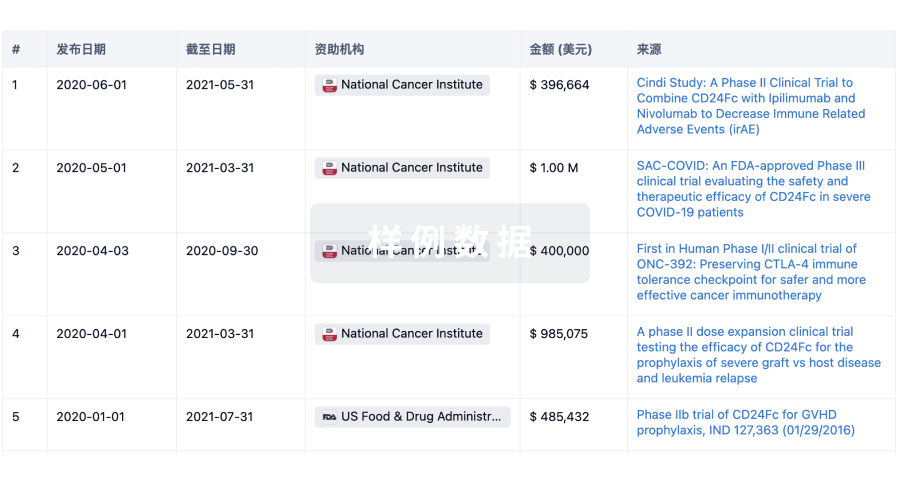Dental pulp is known to play crucial roles in homeostasis of teeth and periodontal tissue. Although resorption of bone around the roots of nonvital teeth is occasionally observed in clinical practice, little is known about the role of dental pulp in osteoclastogenesis. Here we evaluated the effects of conditioned medium (CM) from rat dental pulp on osteoclastogenesis. It was found that the CM reduced the number of tartrate-resistant acid phosphatase (TRAP)-positive multinucleated osteoclasts, but did not alter the mRNA levels of nuclear factor of activated T-cells, cytoplasmic 1 and TRAP. To further understand the mechanism behind these results, we evaluated the effects of CM on osteoclast precursors and found that the CM removed cell processes, resulting in a significant reduction in the number of attached cells and an increase in the number of freely floating cells. Furthermore, the CM suppressed the mRNA levels of focal adhesion kinase and paxillin, which are involved in cell adhesiveness and spreading. Collectively, the present results show that CM from dental pulp serves as an inhibitor of osteoclastogenesis by reducing the number and adhesiveness of osteoclast precursors, suggesting novel therapeutic applicability for osteoporosis.







